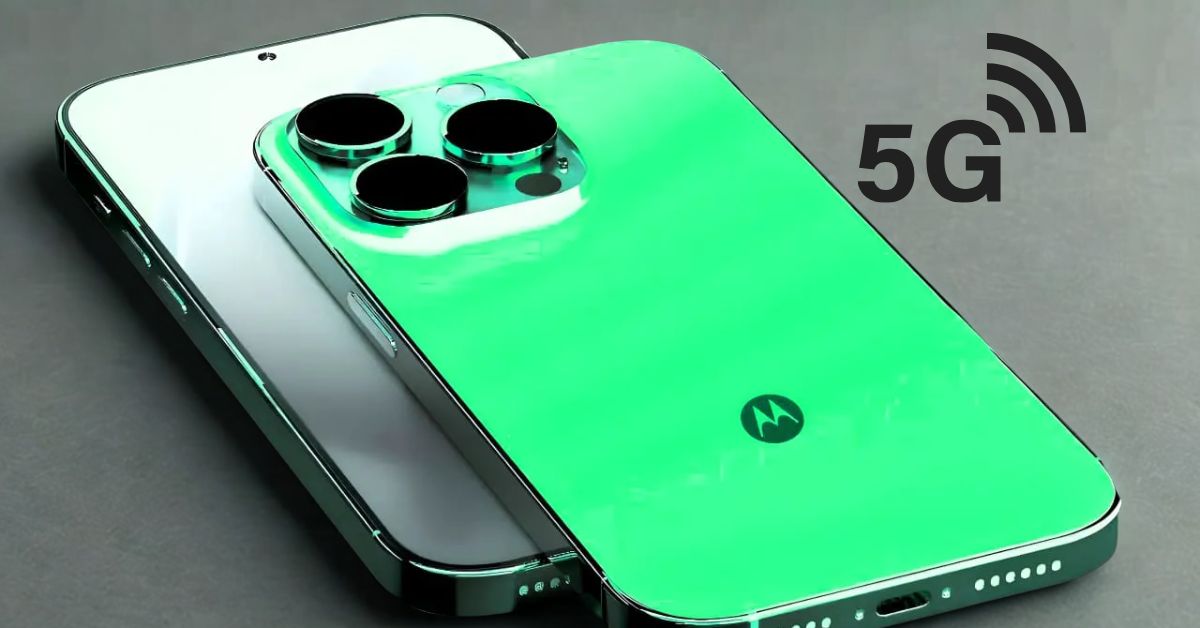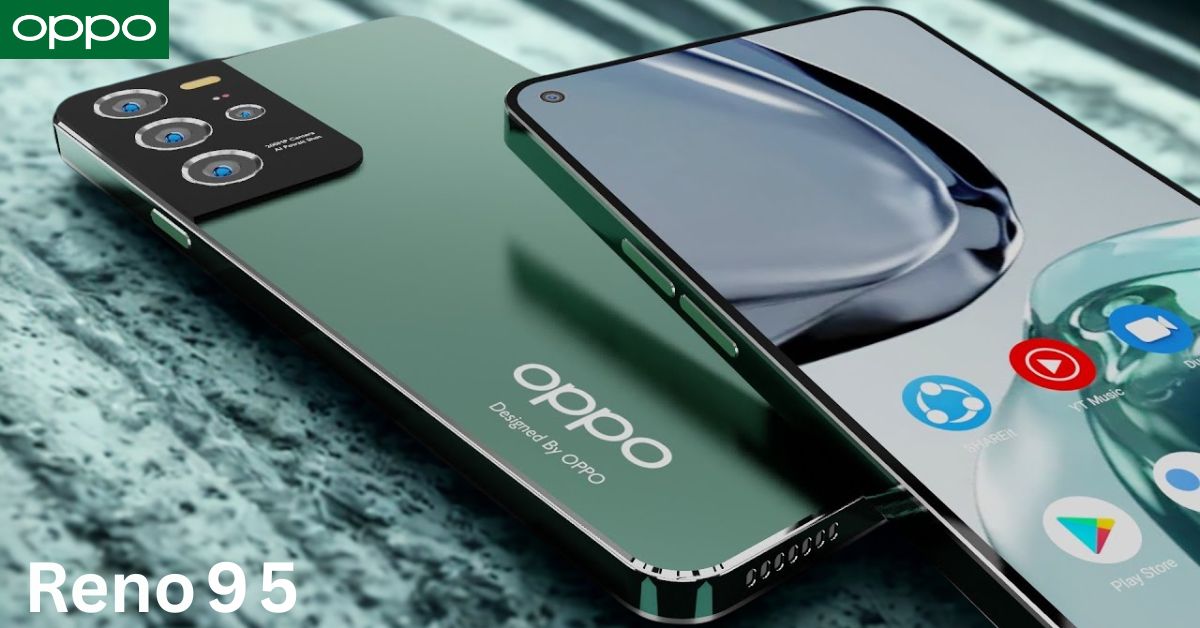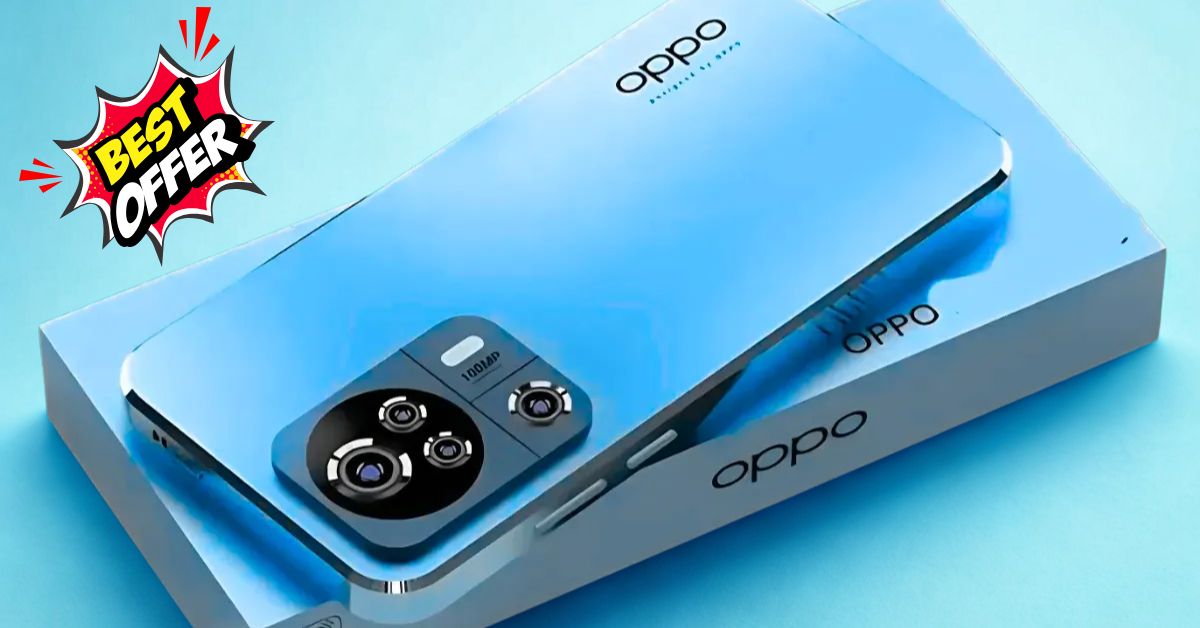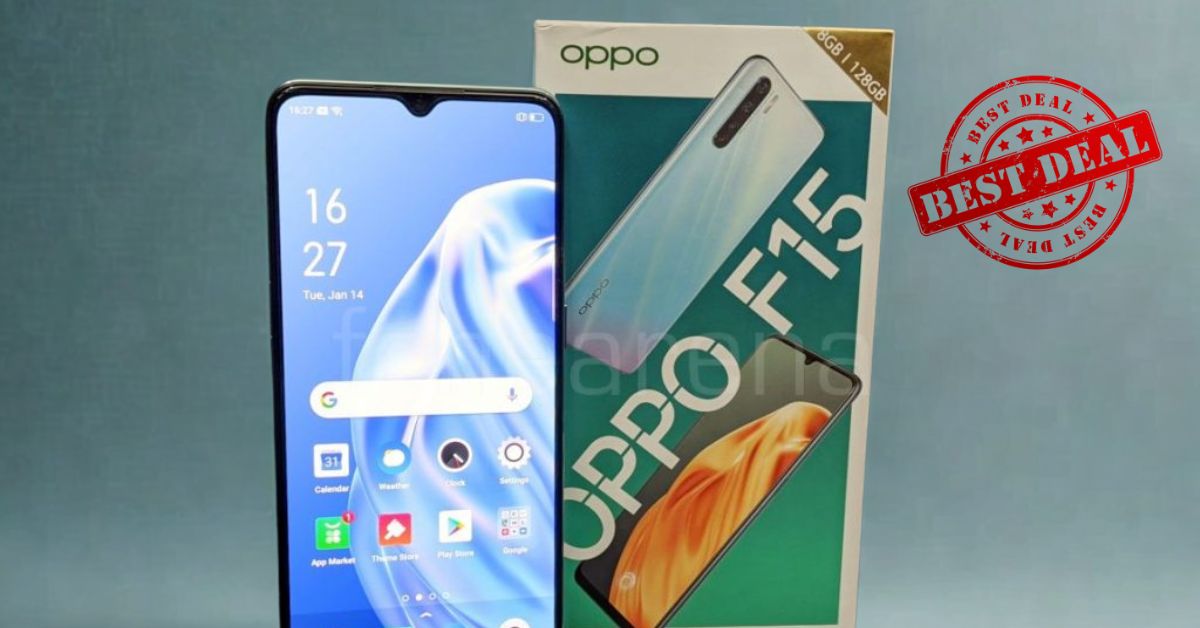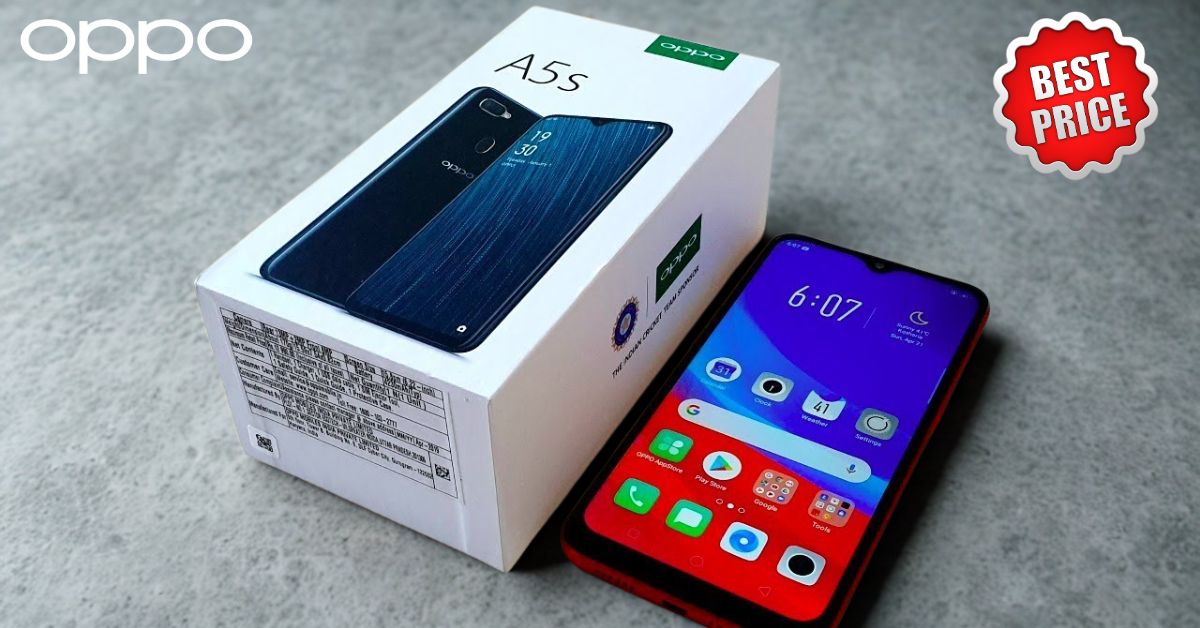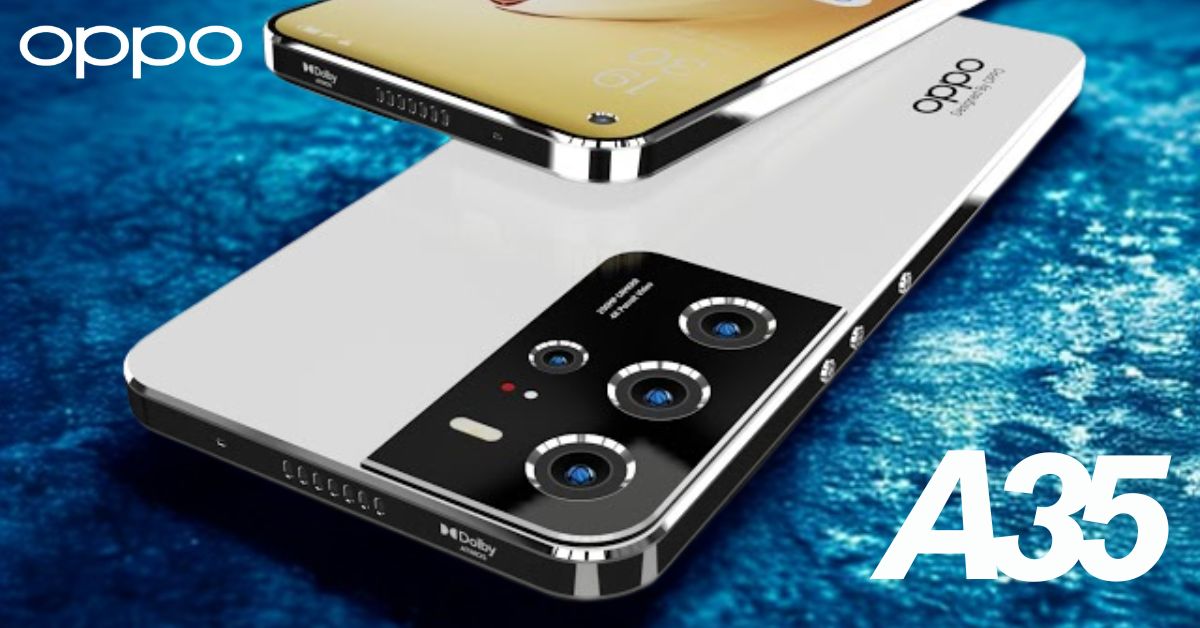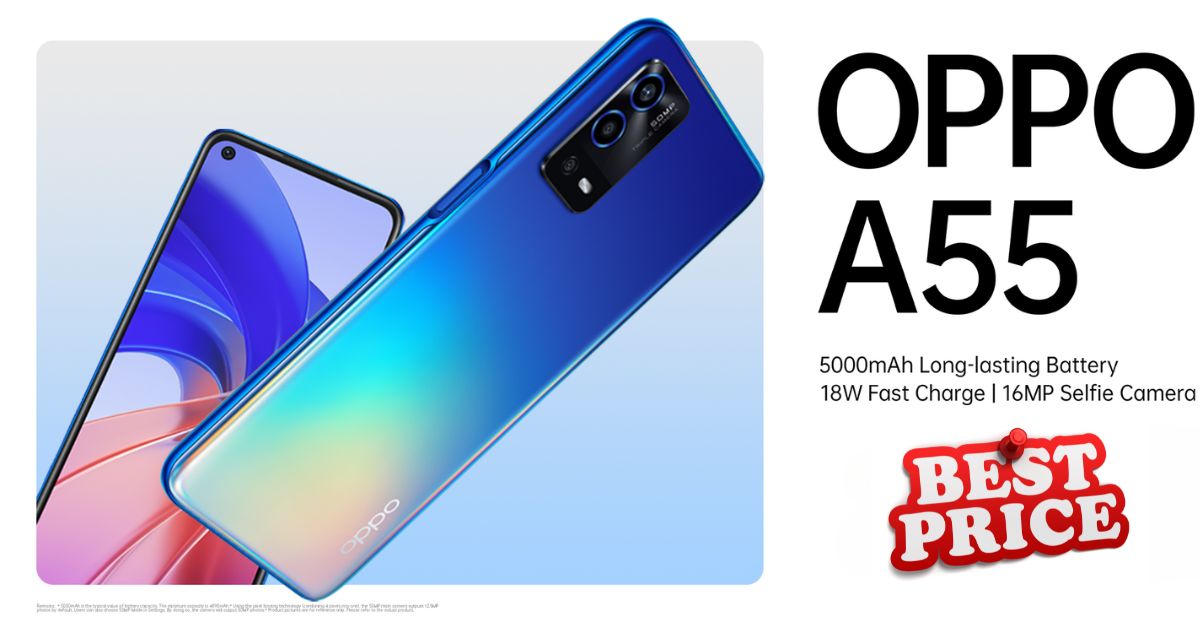| Model | Display | Processor | RAM/Storage | Rear Cameras | Front Camera | Battery/Charging | Connectivity | Notes |
|---|---|---|---|---|---|---|---|---|
| Moto Edge+ 5G | ~6.7-inch pOLED, up to 165Hz, HDR10+ | Snapdragon 8-series flagship (varies by region/year) | Up to 12GB / 256–512GB | 50MP main (OIS) + ultra-wide + portrait/tele | 32MP | ~5000–5100mAh, fast wired + wireless | 5G SA/NSA, Wi-Fi 6/6E, BT 5.x, NFC | Curved glass design, IP rating on select variants |
| Moto G200 5G | ~6.8-inch LCD, 144Hz, HDR10 | Snapdragon 888+ | 8GB / 128–256GB | 108MP main + ultra-wide + depth | 16MP | ~5000mAh, 30–33W fast charging | 5G SA/NSA, Wi-Fi 6, BT 5.x, NFC | Matte finish, no wireless charging |
Motorola Premium 5G Big Picture: Two Motorolas, One Goal—Premium 5G Without the Fuss
Motorola Premium 5G- There’s a certain kind of reassurance that Motorola phones carry in the hand. It’s the face-down confidence of a clean Android skin. It’s the quiet swagger of battery figures that stretch across a busy day. With the Moto Motorola Premium 5G and the Moto G200 5G, Motorola aims at two sides of the same premium-leaning coin: one a full-fat flagship that flashes modern luxuries like a silky pOLED display, wireless charging, and a top-tier Snapdragon 8-series engine; the other a performance-driven, value-tuned bruiser that inherits high-end horsepower from a recent generation but trims the shiny extras. If you’re choosing between them, you’re really choosing your flavor of “no-nonsense premium.”
In this deep dive, we’ll live with both phones the way you would—endless scrolling, quick snaps, late-night bingeing, a few sweaty gaming sessions, plus that inevitable moment when you have two percent battery in a cab and need the charging brick to play hero. We’ll weigh design, displays, performance, camera behavior, battery stamina, network chops, and the software experience that either stays out of your way or throws a party every time you tap. Think of this as the kind of engaged, straight-talk review you’d expect from a trusted Indian tech newsroom: lively, practical, unafraid to call a spade a spade.
Before we get into the finer points, a quick note: Motorola ships various configurations depending on region and year. Consider the specs cited here representative of common retail models, and always check the exact configuration available in your market.
Motorola Premium 5G Design & In-Hand Feel: The Suit vs. the Track Jacket
The Moto Edge+ 5G dresses for the corner office. The way the curved pOLED panel cascades into the frame gives you that seamless, almost liquid edge you expect from top-tier devices. Bezels are slim, the camera island is sculpted, and on many variants you get a reassuring IP rating. Materials feel deliberately premium, with a glass-and-metal sandwich that’s balanced in hand and light enough to avoid wrist fatigue during marathon doomscrolling. The finish tends to pick up fingerprints less than you’d fear, and the camera bump blends without feeling like a wobble plate on the desk.
The Moto G200 5G has a different vibe. Think athletic, practical, ready to get scuffed up and keep going. The matte back is grippy, and the side-mounted fingerprint sensor doubles as a convenience win for people who prefer muscle memory over optical in-display sensors. It’s not a minimalist art piece; it’s a phone that asks to be used. You will notice the size. With a near 6.8-inch screen and a purposeful chin and forehead, it’s on the tall side. But the weight distribution is sensible, and the frame doesn’t dig into your palm. Toss it into a bag without babying it and it still looks presentable by Friday.
If your daily routine involves client meetings, formal wear, and a taste for objects that whisper “flagship,” you’ll gravitate to the Edge+. If you’re more likely to be wearing a backpack and a fitness band than cufflinks, the G200’s utilitarian design will feel honest, even refreshing.
Motorola Premium 5G Displays: OLED Drama vs. LCD Consistency
The Edge+ 5G’s pOLED panel is the sort you notice in that first swipe: inky blacks, high contrast, and a refresh rate that climbs well north of 120Hz. Motorola’s recent flagships have flirted with 144Hz and even 165Hz on some variants, which feels indulgent in the best way. Scrolling is almost cartoonishly smooth, and animations land with a buttery glide. HDR10+ support gives streaming content a pop—skin tones stay natural, highlights sparkle without flaring into neon, and shadow detail holds on in moody scenes.
The G200 5G makes a different argument: a large, bright LCD with a 144Hz refresh rate and a color profile that avoids garish oversaturation. It’s perfect for bright environments where OLEDs might sometimes dim aggressively. Whites are clean, motion is fluid, and you won’t grumble about the panel when you’re deep into Reddit threads or endless WhatsApp chats. If you’ve been living with OLED for years, you’ll miss the infinite blacks during late-night Netflix, but the G200 fights back with reliability, high refresh smoothness, and a big canvas for gaming.
If movies and dark UI themes are your thing, the Edge+ pOLED panel wins by a margin you’ll see every day. If you just want a big, fast display that handles sunlight and saves you money, the G200’s LCD gets you most of the way there with fewer trade-offs than you might expect.
Motorola Premium 5G Performance & Thermals: Flagship Fury vs. Proven Muscle
On paper, the Edge+ 5G’s Snapdragon 8-series flagship chipset is a sledgehammer. Paired with fast UFS storage and up to 12GB of RAM, it flings apps open, keeps them parked in memory without drama, and chews through heavy games. Thermal management is the interesting bit. Motorola’s newer tuning lets the phone keep high performance longer before throttling, and the chassis disperses heat across the frame rather than leaving a hot spot near the camera island. In extended gaming sessions, you’ll feel warmth, but it’s the “this is working hard” kind, not the “I should put this down” kind. Background tasks like video rendering and cloud backups hum along without choking foreground activity.
The G200 5G’s Snapdragon 888+ remains a beast in 2025 for most users. App launch times are near-instant, multitasking is smooth, and GPU muscle is enough for competitive shooters and racing titles at high settings. The only time you’ll notice the gap is in the toughest workloads—4K video editing, sustained 3D gaming with maxed-out visuals, or synthetic benchmarks where the 8-series generational leap in the Edge+ flexes a higher ceiling. Thermals are respectable; the G200 gets warm faster than the Edge+ in raw stress tests, but in actual day-to-day use it rarely crosses into discomfort. The 144Hz screen on the G200 complements the chip nicely, making the phone feel faster than many “paper-spec” competitors.
If your use case includes console-level gaming, frequent 4K footage edits, or you just want the fastest Android you can get your hands on, the Edge+ 5G is the choice. If you’re a power user rather than a power abuser—intense multitasking, lots of social media, shooting and sharing, occasional gaming—the G200 5G delivers everything you need without breaking a sweat.
Motorola Premium 5G Software & Everyday Usability: Clean Android, Smart Touches
Motorola’s software philosophy is simple: let Android be Android, then sprinkle a few thoughtful tricks. Both phones run a clean build with minimal bloat, and the handful of extras actually improve your day. Moto Actions—twist to open the camera, chop twice to toggle the flashlight—feel like a superpower in real life. Peek Display shows you notifications that are interactive without having to fully wake the phone, and the customization options are deep enough to make the phone yours without getting lost in menus.
On the Edge+ 5G, Motorola’s “Ready For” desktop-style experience adds a dash of ambition. Plug into a monitor or connect wirelessly, and suddenly your phone is a mini workstation, complete with windowed apps and full-screen media. It’s a niche feature, but if you travel light or present often, it’s a neat trick that’s more reliable than you’d think. The Edge+ also tends to be prioritized for longer software support windows in many regions, which matters if you intend to hold the device for three or four years.
The G200 5G stays laser-focused on speed. You get the same clean interface and gestures, the same lack of unnecessary preloads, and a daily experience that avoids the stutters and oddities you sometimes live with on heavier skins. Updates are steady rather than flashy; Motorola has improved cadence, and you can expect the security patches to arrive regularly. If you’re migrating from a bloated UI, both Motorolas will feel like a detox.
Motorola Premium 5G Cameras: Consistency vs. Character
The Edge+ 5G’s camera system plays in the flagship league. The 50MP main sensor with optical image stabilization is the workhorse, delivering crisp detail and confident exposure across daylight and indoor scenes. Colors are slightly saturated but rarely cartoonish, and Motorola’s processing maintains a natural skin tone even under mixed lighting. The ultra-wide doubles as a macro shooter on some variants, which sounds like a gimmick until you try it on food and flowers and suddenly your Instagram grid looks more deliberate. A dedicated portrait/tele camera on many Edge+ variants rounds out the system, giving you proper subject separation and bokeh that doesn’t look like it was pasted on.
Low light is where the Edge+ earns its flagship stripes. Night mode kicks in quickly, sharpness stays on the right side of the line, and highlights don’t blow out when the scene includes a neon sign or streetlight. Lens flares are controlled, though reflective surfaces can still tease a ghost if you go hunting for it. The front 32MP camera leans into clarity, and stabilization helps you hold a steady frame on the move.
The G200 5G has a different philosophy. The 108MP main camera loves daylight; it resolves textures beautifully and delivers a crisp, slightly punchy look right out of the shutter. Indoors, it holds its own, though you’ll occasionally see the exposure nudging brighter than you’d prefer. Low light is the most visible compromise. Night mode is helpful, but the sensor and processing play it safer than the Edge+, prioritizing noise reduction and stable exposure over micro-detail. The ultra-wide on the G200 is handy for group shots and landscapes; it’s a touch softer than the main lens, which is expected in this segment. The front camera is perfectly adequate for selfies and video calls, with a field of view that doesn’t force you into awkward angles.
If you want a camera that leans closer to “shoot, share, smile” in every scenario—especially nightlife—the Motorola Premium 5G is the better companion. If your feed is mostly daytime adventures, café hopping, and family albums, the G200 5G’s main camera will rise to the occasion more often than not.
Motorola Premium 5G Video: Stabilized and Social-Ready
Both phones shoot up to 4K with stabilized results that suit social media and travel vlogging. The Motorola Premium 5G extends the advantage with better dynamic range and more reliable focus tracking when subjects move across the frame. Panning is smoother, and exposure transitions are less jumpy as you walk from shade into sunlight. Microphone quality is clean on both, with the Edge+ capturing a tad more warmth in voices. The G200’s video output is solid, particularly in daytime; it’s the kind of footage you’ll be happy to splice into reels without much grade or tweak.
Motorola Premium 5G Battery Life & Charging: The All-Day Promise, Two Ways
Motorola has built a reputation on battery stamina, and both phones live up to it. The Motorola Premium 5G’s ~5000–5100mAh cell buffered by a modern Snapdragon and an efficient OLED can comfortably stretch into a day and a half with mixed use. Heavy gaming and 5G hotspots still drain any phone, but the Edge+ handles those sprints with enough reserve to carry you to bed. Fast wired charging gets you from “oh no” to “I’m fine” while you shower, and wireless charging on the Edge+ adds that layer of everyday convenience you don’t appreciate until you have it.
The G200 5G’s ~5000mAh battery is a tank. The LCD display uses a bit more juice than OLED in certain scenarios, but Motorola’s 144Hz adaptive behavior and the Snapdragon 888+ efficiency improvements help even the score. Expect a full day with headroom, even when you’re hopping between maps, music, and messaging. The 30–33W wired charging isn’t the fastest in the world, but it’s safe, predictable, and kind to the battery’s long-term health. No wireless charging here—and that’s one of the clearest markers of how the G200 trims premium fluff to preserve price.
Motorola Premium -5G & Connectivity: Solid Radios, Stable Locks
Motorola radios have been quietly excellent for years, and that continues here. Call quality is crisp, 5G locks are stable in SA/NSA configurations, and both phones handle handoffs between Wi-Fi and cellular without hiccups. The Motorola Premium 5G’s Wi-Fi stack typically supports 6E on many variants, which is a boon if your home router plays in that band; the G200 5G sticks to Wi-Fi 6 but does so confidently. Bluetooth range is steady, and both phones maintain lag-free audio with mainstream earbuds. NFC is present on both for tap payments where supported, and GPS lock times are snappy.
Motorola Premium 5G Audio & Haptics: Louder, Clearer, Tighter
Stereo speakers on the Motorola Premium 5G deliver a richer stage than you might expect, with enough separation to give games and YouTube videos a sense of width. Volume is plentiful, and distortion appears late in the dial. Haptics are tight and purposeful, adding a premium feel to typing and gestures. The G200 5G is a touch more utilitarian: loud enough, clear enough, and without the bass extension that makes you grin on the Edge+. Haptic feedback is precise, though a shade lighter in intensity, which some users actually prefer for long typing sessions.
Motorola Premium 5G Gaming: High Refresh Heaven
Fire up a heavy title and both phones show why high refresh exists. On the Motorola Premium 5G, you can push settings higher and sustain frame rates longer. The pOLED panel’s response time gives taps a crisp immediacy, and the thermal envelope avoids the sudden dips that can cost you a match. The G200 5G is a joy too; that 144Hz LCD makes even basic UI navigation feel like a victory lap, and in popular esports titles you’ll comfortably hit smooth, responsive performance. If your game of choice includes ray tracing or truly next-gen visuals, the Edge+ 5G’s headroom will serve you better; otherwise, the G200 5G is built to grind rank without complaint.
Motorola Premium 5G Reliability & Updates: The Long Haul View
Motorola has been progressively improving its update promise. The Motorola Premium 5G, as a headline device, usually gets the longer runway of Android version upgrades and security patches. The G200 5G isn’t left behind; it sees steady updates and critical security fixes with reasonable punctuality. What matters day-to-day, though, is stability, and both phones deliver. Crashes are rare, background apps behave, and the phones feel as quick months later as they did on day one—provided you don’t let cached data pile up like an unwashed coffee mug.
Motorola Premium 5G Productivity & “Ready For”: Pocket PC Potential
If your workflow lives in email, Docs, Sheets, and a sea of Slack pings, both phones are more than capable. The difference is that the Motorola Premium 5G lets you occasionally ditch the laptop. Motorola’s “Ready For” turns it into a pseudo-desktop; pair a Bluetooth keyboard and mouse, and you can edit a presentation, manage downloads, and stream a webinar on a hotel TV. It’s not a replacement for a proper PC, but as a travel companion it’s brilliant. The G200 5G can participate in external display fun too on many variants, but the Edge+ is treated like the first-class citizen of this feature family.
Motorola Premium 5G Heat, Throttling & Longevity: What Happens After Hour Two
Synthetic stress tests will always expose differences. The Motorola Premium 5G sustains higher average performance with fewer dips and smarter heat spread. It feels composed even after prolonged navigation and camera use on a sunny day. The G200 5G gets warm sooner during heavy loads but stabilizes into a comfortable plateau rather than tanking. In real life—that is, messaging, maps, camera bursts, a few reels, and a ride home with music streaming—both are snappy end-to-end. Neither forces you into battery saver by mid-afternoon unless you’re really abusing mobile data and GPS while gaming in the backseat.
Motorola Premium 5G Little Things That Matter: Biometrics, Gestures, Quality of Life
The Motorola Premium 5G’s in-display fingerprint sensor is fast and consistent, especially once it learns your thumb. Face unlock remains a convenience feature rather than a security cornerstone, but it’s handy for quick glances. The curve of the display, while elegant, is tamed by thoughtful palm rejection; accidental touches are reduced compared to older curved phones. The G200 5G’s side-mounted fingerprint reader is instant and reliable, with the tactile reassurance of a physical key. Both phones benefit from Moto’s gesture suite: flip for DND during meetings, lift to unlock, and the evergreen chop for torch that feels like Motorola’s signature handshake at this point.
Motorola Premium 5G India Angle: What Fits the Market
India is a price-sensitive market that still appreciates polish. The Motorola Premium 5G stands ready for buyers who want a flagship experience without drowning in custom UI. It appeals to camera-curious users and those who crave an OLED theatre in their pocket. The G200 5G targets the enthusiast who wants Snapdragon muscle and a large, fast display without touching the rarefied air of ultra-premium pricing. If you’ve been eyeing gaming-centric phones but prefer a clean design and near-stock Android, the G200 is a compelling detour.
Motorola Premium 5G Day in the Life: How They Actually Feel
Picture a weekday. On the Motorola Premium 5G, your morning unlock is smooth, notifications roll in on Peek Display with just enough context, and the screen’s deep blacks make your pre-sunrise doomscroll oddly cozy. Photos of your breakfast—don’t judge—look vibrant without losing texture. In transit, 5G holds firm; music keeps a steady stream, calls are clean, and the phone doesn’t heat up against your cheek. Through the day, you bounce between messaging, mail, maps, and camera moments. By late evening, you still have battery to spare. Drop the phone on a wireless charger by your bedside and forget about cables.
Now the same with the G200 5G. The morning feels zippy thanks to that 144Hz panel, which turns even unglamorous tasks into a slick experience. You snap a few shots under bright office lights, and the 108MP main lens returns detailed, ready-to-share photos. When the group decides on an after-work gaming session, the G200 obliges, humming along at a high frame rate without making your palms sweaty. The battery keeps its cool, and the charger rescues you quickly when you realize you’ve binged too many reels at lunch. You head home with a phone that kept up, never once feeling like it wanted you to slow down.
Edge+ 5G vs. G200 5G: Picking Your Champion
Choosing between these two is actually easier than it looks because they represent different priorities.
If your smartphone is your primary camera, cinema, and sometimes your computer, the Motorola Premium 5G is the obvious pick. Its OLED display is a daily pleasure, its camera system is consistently better in tricky light, and niceties like wireless charging and “Ready For” change the ownership experience in subtle but real ways. It’s the phone that raises the baseline of what you expect a flagship to feel like without shouting about it on every screen.
If you want a big, fast phone that prizes raw speed, clean software, and real-world battery life while keeping the sticker shock at bay, the G200 5G is for you. It’s the kind of device that enthusiasts recommend to friends who ask, “What can I buy that’s genuinely fast and won’t make me learn a new UI?” The camera isn’t a showstopper at night, but in everyday situations it holds its own. And that 144Hz display? It’s the secret sauce that makes the phone feel more expensive than it is.
Motorola Premium 5G Camera Deep Dive: What the Pixels Tell Us
Daylight on the Motorola Premium 5G yields images with pleasing micro-contrast. Brick textures and foliage resolve naturally, and there’s a gentle roll-off in highlights that keeps skies from turning white. HDR is tasteful; the phone avoids that plasticky, “too perfect” look that sometimes creeps into aggressive computational photography. The ultra-wide keeps colors consistent with the main lens—a hallmark of thought-through tuning—so your album doesn’t look like it was stitched from different cameras.
The G200 5G leans into detail via its high-resolution sensor. It rewards patient framing and stable hands, producing shots with lots of texture and a slight sharpening bite that many users actually prefer for social media. In complex scenes, it sometimes chooses a brighter exposure, which does flatter faces at the cost of some highlight control. Portrait mode on both is competent; the Edge+ often nails edge detection around hair a smidge better, while the G200 sometimes favors a wider crop that’s more forgiving of composition mistakes.
At night, the Motorola Premium 5G continues to impress. Night mode acquires quickly, balances tones without smudging, and avoids turning scenes into daylight cosplay. The G200’s night shots are perfectly usable and improve dramatically if you give the phone a moment to settle and tap to expose for highlights. If you frequently shoot concerts, bars, or sunset cityscapes, the Edge+ simply lands more keepers with less effort.
Motorola Premium 5G Display Tuning & Eye Comfort: The Sane Side of Saturation
Motorola’s color profiles let you choose between natural and saturated modes, and both phones benefit from this. On the Motorola Premium 5G, the pOLED panel in natural mode matches paper-white tones more closely than most rivals, which makes reading long articles gentler on the eyes. Saturated mode turns on the showroom vibe, great for demos and reels. The G200’s LCD can’t hit OLED’s black levels, but it compensates with consistent brightness and fewer visible PWM artifacts for people sensitive to flicker. Blue light filters are implemented without turning whites into mustard; you can live with them for hours.
Motorola Premium 5G Storage, RAM & Multitasking: When “Enough” Is Actually Plenty
While the Motorola Premium 5G offers higher storage ceilings and more RAM in top trims, the truth is both phones feel incredibly responsive in real life. With 8GB on the G200, apps rarely reload unless you’re juggling a dozen heavy ones. On the Edge+, 12GB grants the freedom to keep a full creative suite and a few games parked at once. UFS speeds on both keep file transfers snappy, and if you’re someone who edits photos on the phone, the Edge+ pulls ahead on massive RAW stacks. Neither supports microSD on most variants, so pick your storage tier wisely if you shoot lots of 4K.
Motorola Premium 5G Build Quality & Durability: Everyday Tough
Fit and finish are tight on both. Buttons are clicky, ports are snug, and there’s no flex or creak under pressure. TheMotorola Premium 5G’s curved glass demands a bit more care; pair it with a case if you’re fumble-prone. The G200 5G’s matte shell hides scuffs better and shrugs off fingerprints. Both phones have proven friendly with mainstream tempered glass protectors, and touch calibration remains accurate with a protector on. Water resistance on the Edge+ variants with an IP rating adds peace of mind when the monsoon surprise hits; the G200 offers typical splash resistance. In short, neither is fragile, but the Motorola Premium 5G is the one you worry about less in the rain.
Motorola Premium 5G Calls, Network & GPS: The Basics Done Right
Even in an era ruled by screens and cameras, phones still need to be good phones. The earpiece volume on both is generous, background noise suppression is effective without sounding robotic, and the mics pick your voice up cleanly in outdoor calls. Dual-SIM flexibility in many regions makes juggling work and personal lines easy. GPS locks are fast; ride-share drivers will appreciate how quickly the blue dot snaps to the right lane, and cyclists get reliable turn-by-turn even under flyovers.
Motorola Premium 5G What We’d Change: A Short Wishlist
The Motorola Premium 5G is already a well-rounded flagship, but a slightly flatter curve on the display would improve accidental touch rejection even further, and a more aggressive sustained charging strategy could shave a few minutes off a full top-up without overheating concerns. The G200 5G really only needs two tweaks to be near-perfect for its mission: a brighter ultra-wide camera and wireless charging. The former would lift its low-light versatility; the latter would add a daily convenience that’s easy to miss once you’ve tried it.
Motorola Premium 5G Value Equation: Rupees and Sense
When you factor price into the conversation, the G200 5G starts grinning. It delivers last-gen flagship power, a huge 144Hz display, big battery, and clean software at a price that undercuts many mid-range phones trying to look premium. Motorola Premium 5G, meanwhile, earns its premium by stacking real benefits you touch daily: an OLED that delights your eyes, a camera that saves more moments, and features like wireless charging and Ready For that expand what a phone can do. If you can afford the stretch and plan to keep the device for years, the Edge+ often works out cheaper per year of ownership because you won’t feel the itch to upgrade as quickly.
Motorola Premium 5G Who Should Buy Which?
If you’re a fan of cinema-level screens, travel frequently, and want a camera that handles unpredictable light with aplomb, Motorola Premium 5G is your match. It’s the flagship for people who hate cluttered software and love the feeling of smooth, unforced power. If you’re a gamer, student, creator on a budget, or just someone who values speed and stamina above all else, the G200 5G is the smarter play. It’s eminently reliable, quick on its feet, and kinder to the wallet without feeling compromised in daily use.
Motorola Premium 5G Verdict: Two Winners, Two Roads
Motorola didn’t set out to make the same phone twice. The Motorola Premium 5G is a true flagship that respects your time and senses. It’s the phone you show off at dinner, then keep using for years without complaint. The Moto G200 5G is a performance-first crowd-pleaser that channels the brand’s clean-Android ethos into a device that’s fast, dependable, and easy to recommend. If you buy the Edge+, you’re investing in the premium experience—OLED finesse, stronger low-light camera chops, wireless charging, and a desktop-lite mode that turns heads. If you buy the G200, you’re pocketing smart value, robust performance, and a screen that glides through your day.
Either way, you land on the right side of 5G in 2025: quick, confident, and refreshingly drama-free. Motorola’s premium duo proves you don’t need to shout to be heard—you just need to get the fundamentals right and let the user feel the difference, swipe after swipe, snap after snap.
Blogger with a passion for writing simple, helpful, and engaging posts for everyday readers.
